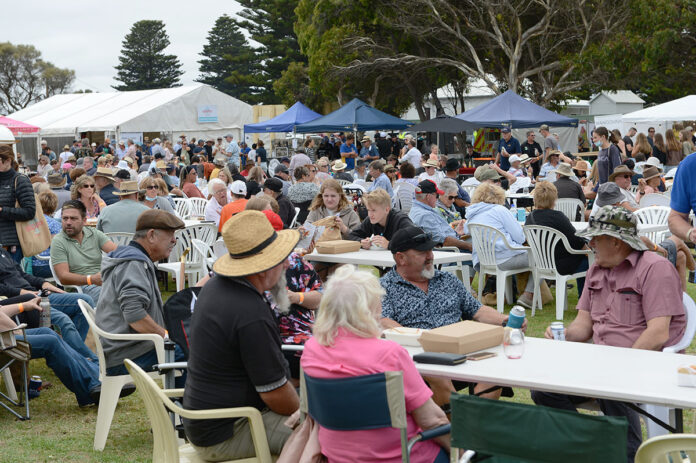Women and people with a cervix aged 25-74 who are due or overdue for a cervical screening test can now choose between self-collection or having a sample collected by their healthcare provider.
Research shows that Australia is on track to eliminate cervical cancer by 2035 through a combination of the HPV vaccination and cervical cancer screening, however to reach that target, eligible women need to take part in regular, five yearly cervical cancer screening tests.
South Australia’s cervical cancer screening rate is currently the highest in the country at 59.7%, however the latest AIHW data shows that it can be as low as 47.1% in some regional South Australian communities.
The data also shows the incidence of cervical cancer in Aboriginal and Torres Strait Islander women is double that of non-Indigenous women, with mortality rates three times higher.
Cancer Council SA Prevention and Advocacy Manager Diem Tran said that self-collection had the potential to increase cervical cancer screening rates in under-screened communities and get us closer to eliminating cervical cancer as a public health issue.
“There are some groups that are less likely to screen, including Aboriginal and/or Torres Strait Islander women, culturally and linguistically diverse communities, people who identify as LGBTIQ+, people with disabilities, people who have experienced sexual violence, post-menopausal women and people who have had previous negative cervical screening experiences,” she said.
“Data also indicates that cervical cancer screening is lower in some regional and remote South Australian communities, where access to a GP or health professional may be limited.”
Eligible people can access self-collection anywhere they would normally have a cervical cancer screening test, such as a GP practice or health clinic.
Mrs Tran said self-collected cervical cancer screening tests were equally as safe and effective as the clinician-collected test and encouraged all eligible people to have a conversation with their health professional about self-collection.
“While South Australia leads the country in cervical cancer screening, we know that over 40% of those eligible still are not taking part in regular cervical cancer screening tests,” she said.
“Our hope is through self-collection, we can increase cervical cancer screening participation, ultimately helping to prevent or catch cervical cancer early and getting us closer to a future free from cervical cancer.”




